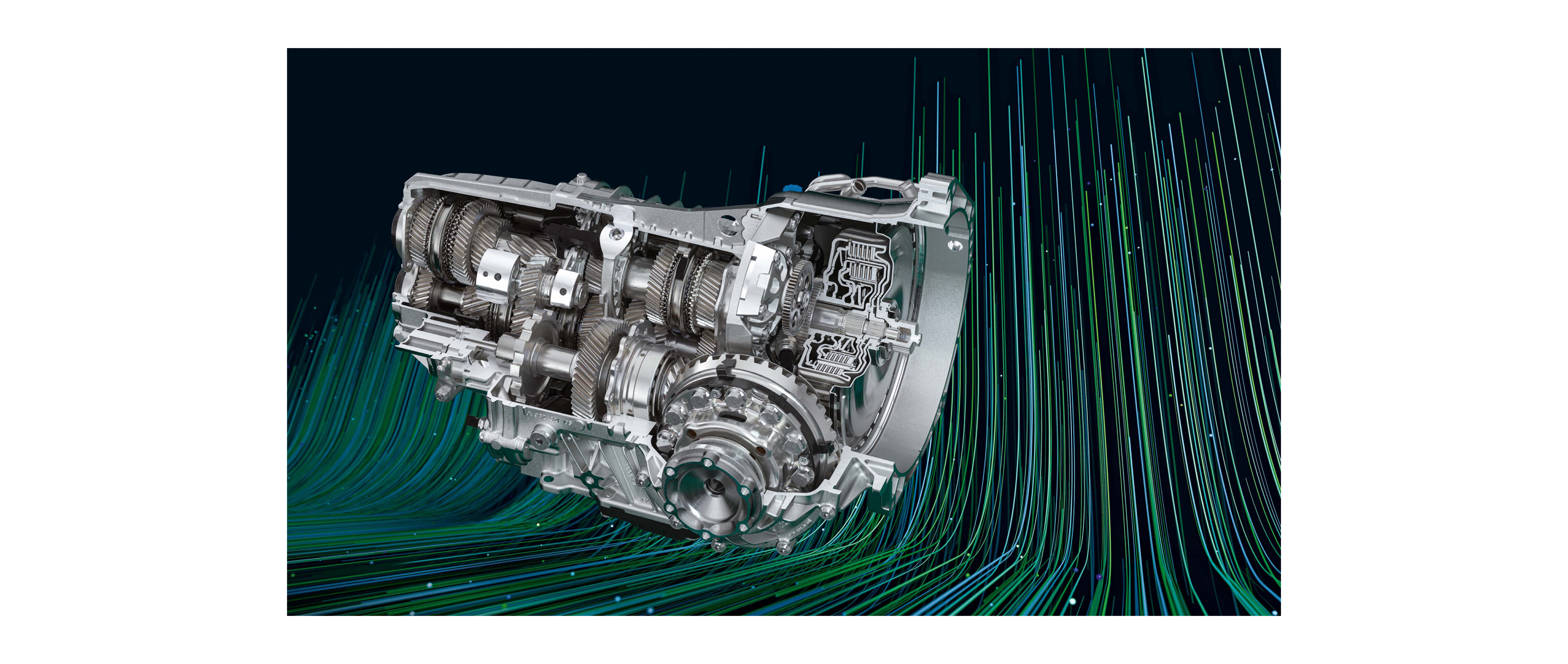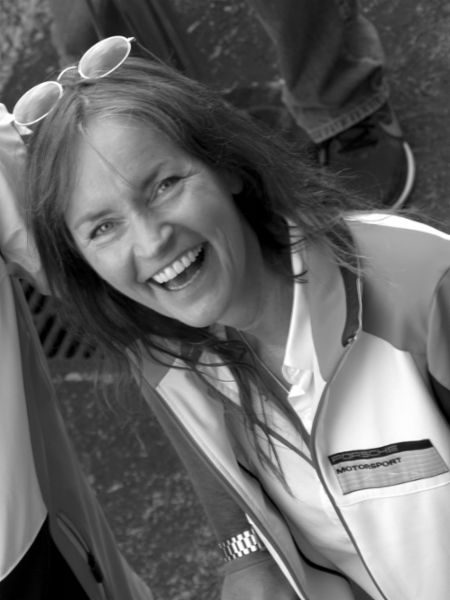Two in One
Worth the wait: PDK is now also optionally available on 718 models.
Illustration by Design Hoch Drei, Porsche Engineering
The high-revving four-liter, six-cylinder naturally aspirated engines in the Porsche 718 Boxster GTS 4.0 (718 Boxster GTS 4.0 (PDK): Fuel consumption* combined (WLTP) 10.1 l/100 km, CO₂ emissions* combined (WLTP) 230 g/km, CO₂ class G ) and Cayman GTS 4.0 (718 Cayman GTS 4.0 (PDK): Fuel consumption* combined (WLTP) 10.1 l/100 km, CO₂ emissions* combined (WLTP) 230 g/km, CO₂ class G ), 718 Cayman GT4 (), and 718 Spyder () are now available with an optional dual-clutch transmission. Until now, the Porsche dual-clutch transmission (PDK) in the 718 family was only available for models with four-cylinder turbo engines. With the new seven-speed PDK, the naturally aspirated models are now able to accelerate faster than ever before. In conjunction with the PDK, the maximum torque climbs from 420 to 430 Nm in all four-liter models. The more powerful GT4 and Spyder models with the optional dual-clutch transmission sprint from zero to 100 kmh using Launch Control in just 3.9 seconds. By comparison, the models with the standard six-speed manual transmission take 4.4 seconds. The GTS 4.0 models with optional PDK accelerate from zero to 100 kmh in 4.0 seconds (4.5 seconds with the standard six-speed manual transmission).
The enhanced performance is made possible by gears one through five, which have a shorter ratio than those in the manual gearbox, faster shifting times, and integrated launch control. The 718 models hit their top track speed—up to 302 kmh in the Cayman GT4—in sixth gear with PDK as well. Seventh gear is designed as an overdrive, providing long-distance comfort and a positive impact on fuel consumption—but is shorter than on four-cylinder 718 models equipped with PDK, which now makes the agile mid-engine sports cars even more track-ready than before.
PDK enables gear changes without interruption of traction by distributing the gears between two sub-transmissions. Each has its own clutch, lending this symbiosis of manual and automatic transmission its name. The even-numbered gears are connected to one clutch, the odd-numbered gears and the reverse gear to the other. While one gear is under load, the shift fork has already engaged the next gear. Depending on the driving mode, the gear change is either fully automatic or manual and is effected by the driver using the shift paddle on the steering wheel or the PDK shift lever itself. In each case, a computer-controlled electrohydraulic system ensures that it all happens in fractions of a second without interrupting propulsion.
The racing history of the PDK began with the Porsche 962 in 1984. Particularly in combination with turbocharged engines, this technical marvel offered advantages in the fight against turbo lag. Drivers were able to stay on the throttle during gear changes and thereby prevent a drop in boost pressure, as was typical of turbos at the time.
Consumption data
718 Boxster GTS 4.0 (PDK)
718 Cayman GTS 4.0 (PDK)
-
10.1 l/100 km
-
230 g/km
-
G Class

